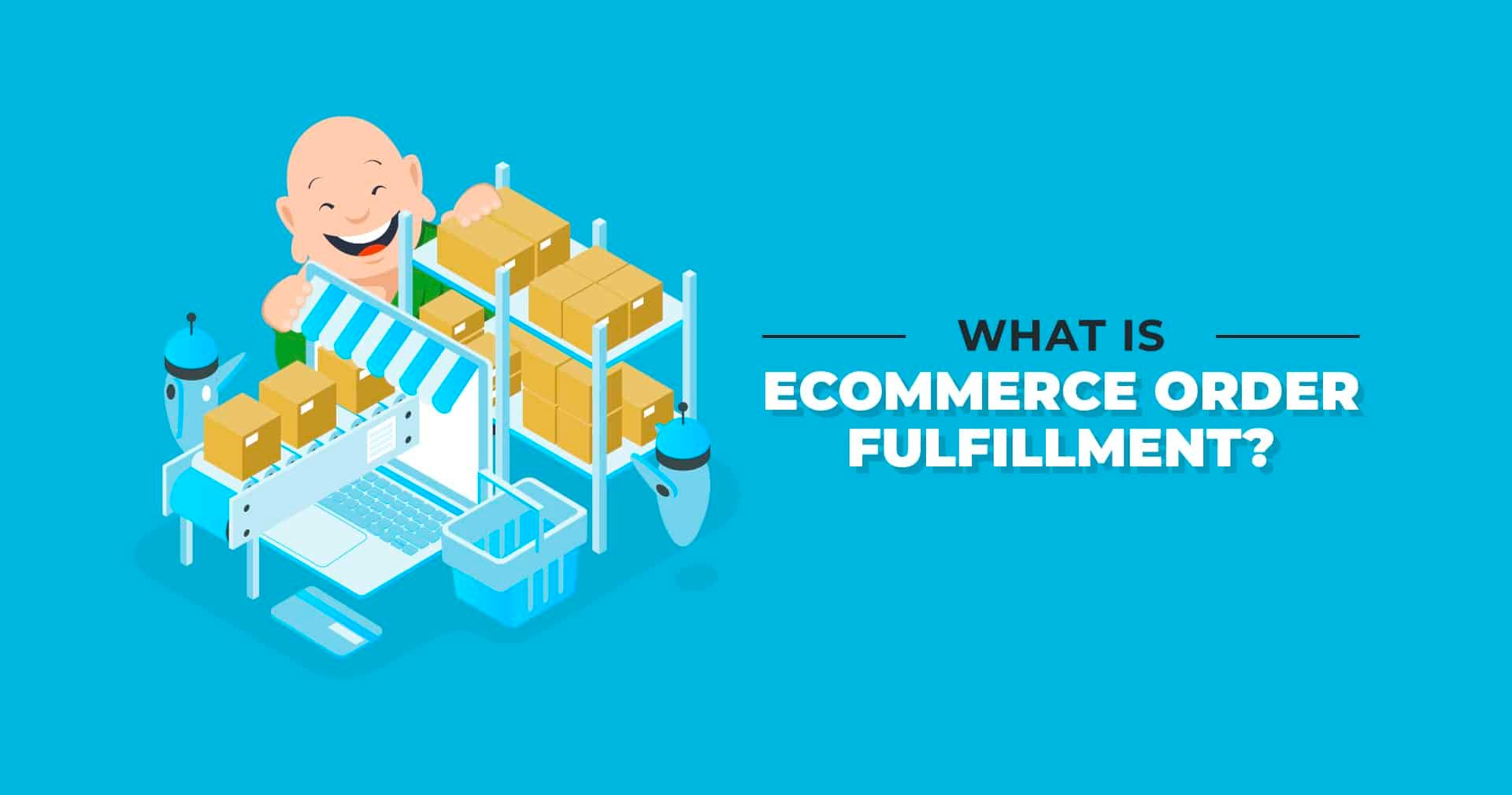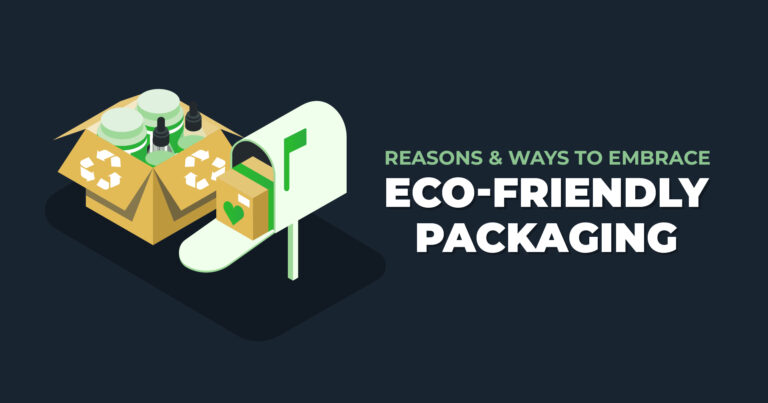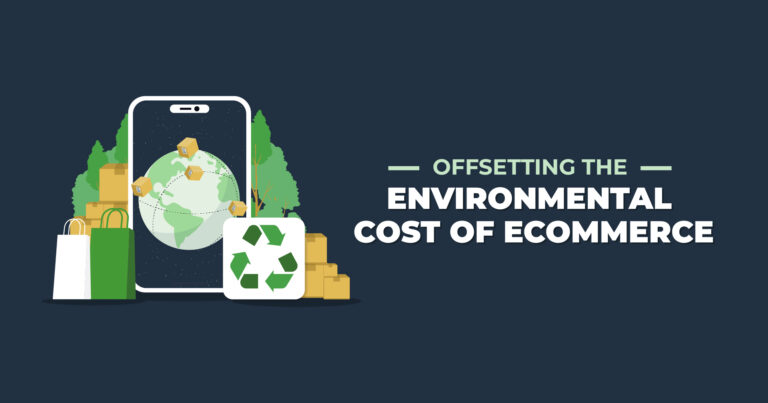What is eCommerce Order Fulfillment?
Fulfillment means different things to different people. To a pastry chef, seeing a souffle rise in the oven is fulfillment. To an aerospace engineer, seeing their rocket breach the stratosphere is fulfillment. To an eCommerce entrepreneur, having their brand grow and scale is fulfillment. Funnily for the last person on that list the key to achieving a sense of fulfillment is how well they’re able to execute order fulfillment.
Order fulfillment has four main steps. In addition to learning these steps, continue reading this blog for tips about best practices for eCommerce order fulfillment and how entrepreneurs can maximize their fulfillment infrastructure.
What is Order Fulfillment?
When eCommerce professionals talk about order fulfillment they’re referring to the entire process involved with completing an order. That begins when a customer clicks BUY on an online retail site and concludes when the customer’s order is delivered. Although there are more intricacies to the eCommerce process than there are lines in the average spiderweb, the eCommerce order fulfillment journey can be categorized into four main steps: Receiving, Picking, Packing, and Shipping.
4 Steps of eCommerce Order Fulfillment
1.) Receiving refers to when your fulfillment center or warehouse accepts and stores your incoming inventory. That could be on pallets, in bins, atop shelves, or in other storage options depending on the product’s size, temperature requirements, how quickly the product is moved/sold, and more. For this part of the process, proper documentation of what has arrived is key. Based on that info, your inventory is “slotted” or placed in its designated space within the fulfillment center or warehouse—organized for efficient picking and packing.
2.) Picking takes place once a customer has clicked BUY and initiated an eCommerce order. After the order is received through the advanced fulfillment software behind your operation, a picker (either a team member or AMR) will receive instructions about where the desired product or products are located in the fulfillment center or warehouse. The item(s) for the order will be “picked” and then sent on to the next phase of the order fulfillment process.
3.) Packing occurs after an order is picked at one of your fulfillment center or warehouse locations. In addition to the actual ordered good(s), this will involve one or more kinds of dunnage, shipping paperwork like packing slips, and the obligatory shipping label. The fulfillment experts packing each eCommerce order use the packing and branding materials that correspond to each product (custom tissue paper, marketing inserts, etc.) while aiming to add up to the lowest dimensional weight possible to save on shipping costs.
4.) Shipping happens once an eCommerce order is picked, packed, and ready to go! There are many different shipping carriers and shipping services available for entrepreneurs to utilize. Which shipping carriers and services are selected depends on a variety of factors, the most important typically being cost and speed (as in: do you want overnight shipping, 2-day, economy, etc.). This can involve a lot of careful research and decision making; enter the help of a 3PL provider.
Outsourcing your order fulfillment to an integrated 3PL provider brings many benefits. In terms of shipping, 3PLs have established relationships and systems in place to get entrepreneurs the best shipping costs and speeds available. Once an eCommerce order leaves its 3PL fulfillment center, tracking information is generated for you (the business owner) and the customer to keep an eye on it until it touches down at its final destination.
Don’t Get Confused
There’s plenty of eCommerce jargon out there that can make people pause. In regards to order fulfillment specifically, here are some basic terms to be aware of.
Logistics Fulfillment – an interchangeable term for order fulfillment that also refers to completing the full “logistical” process from online checkout to delivery of an eCommerce order.
Order Fulfillment Rate – also known as the “order fill rate,” is the number of eCommerce orders processed divided by the total number of orders.
In Fulfillment – refers to when an eCommerce order has been processed and is undergoing one of the aforementioned four steps of order fulfillment.
3PL – this common shorthand for a “third-party logistics” provider refers to a specific kind of order fulfillment partner heavily relied upon by eCommerce entrepreneurs. You could write quite a few blogs explaining 3PLs and the difference between them and 1PLs, 2PLs, 4PLs, and 5PLs. However, the gist in reference to order fulfillment is that 3PLs handle the receiving, picking, packing, and shipping of online orders on behalf of eCommerce merchants.
3PLs like ShipMonk also bring streamlined automation, advanced fulfillment software, and an array of fulfillment center locations to the party. With all those specialized eCommerce tools, you can trust that we have your back and will enable your business to have the most efficient order fulfillment process possible.
5 Tips for eCommerce Order Fulfillment
Naturally, partnering with an established, global 3PL provider is key to smooth and speedy order fulfillment, and the BEST TIP we can offer. That being said, here are some other important things to consider when putting systems in place to achieve awesome eCommerce order fulfillment.
1.) Anticipate demand and prevent backorders by keeping careful track of all the SKUs in your inventory. Having an eCommerce fulfillment platform that provides accurate, real-time data and insights is key for this.
2.) Utilize the best technology so that eCommerce orders are received and processed right away. Having technology in place can also speed up the picking and packing process (i.e. fulfillment robotics), can keep your customers updated about delivery times, and ensure products are tracked on their fulfillment journey.
3.) Keep inventory in a variety of locations. The more warehouses or fulfillment centers housing your inventory the better, as that can reduce shipping costs and shipping times because eCommerce orders have shorter distances to travel to the customer.
4.) Have a backup plan in case external factors you don’t have control over cause delivery delays or result in eCommerce orders arriving damaged. A state-of-the-art post-purchase suite that makes resolving claims simple can help with the latter. As for delivery delays, having the right updates to properly manage expectations, advanced 3PL software, and tracking technology can all feed into a successful backup strategy.
5.) Branding is important in all steps of an eCommerce order; it should be present and consistent in everything from customer email updates to packaging, as that helps cement your company into the minds of consumers. So consider using branded packing materials throughout your order fulfillment process for that extra punch of pizzazz to help you stand out!
Is a Change in Fulfillment in Order for You?
Strong order fulfillment infrastructure is key to online merchant success, and every step along the way matters. Following the above tips can help you make smart decisions as you set up infrastructure, but if your business is growing as fast as OR faster than you hoped, the best thing you can do is bring in a 3PL to streamline your order fulfillment process.
ShipMonk is always ready to step in and alleviate stress from businesses with tightening bandwidth. Contact one of our fulfillment experts today to discuss your specific order fulfillment needs and our first-in-class eCommerce fulfillment platform.



